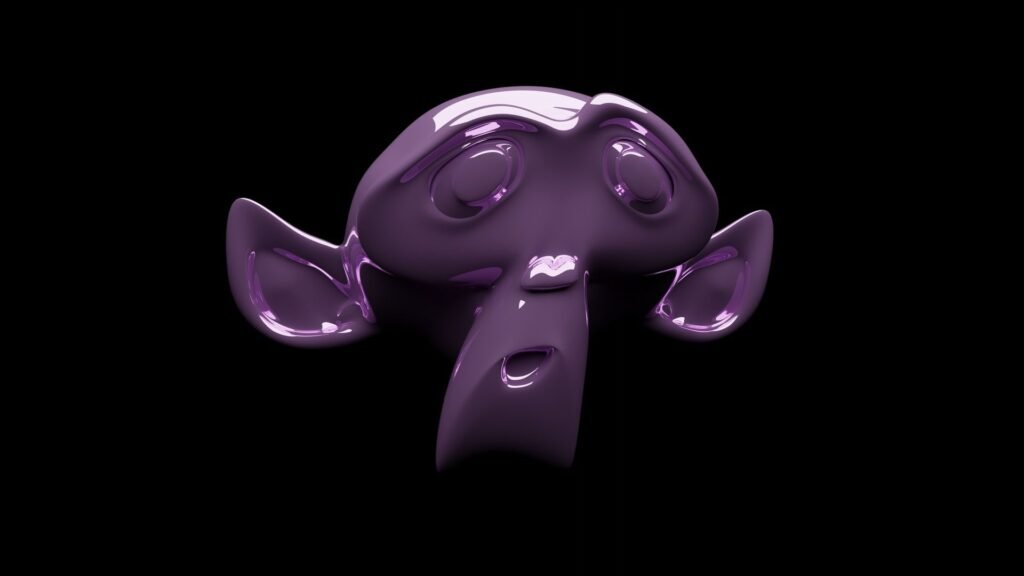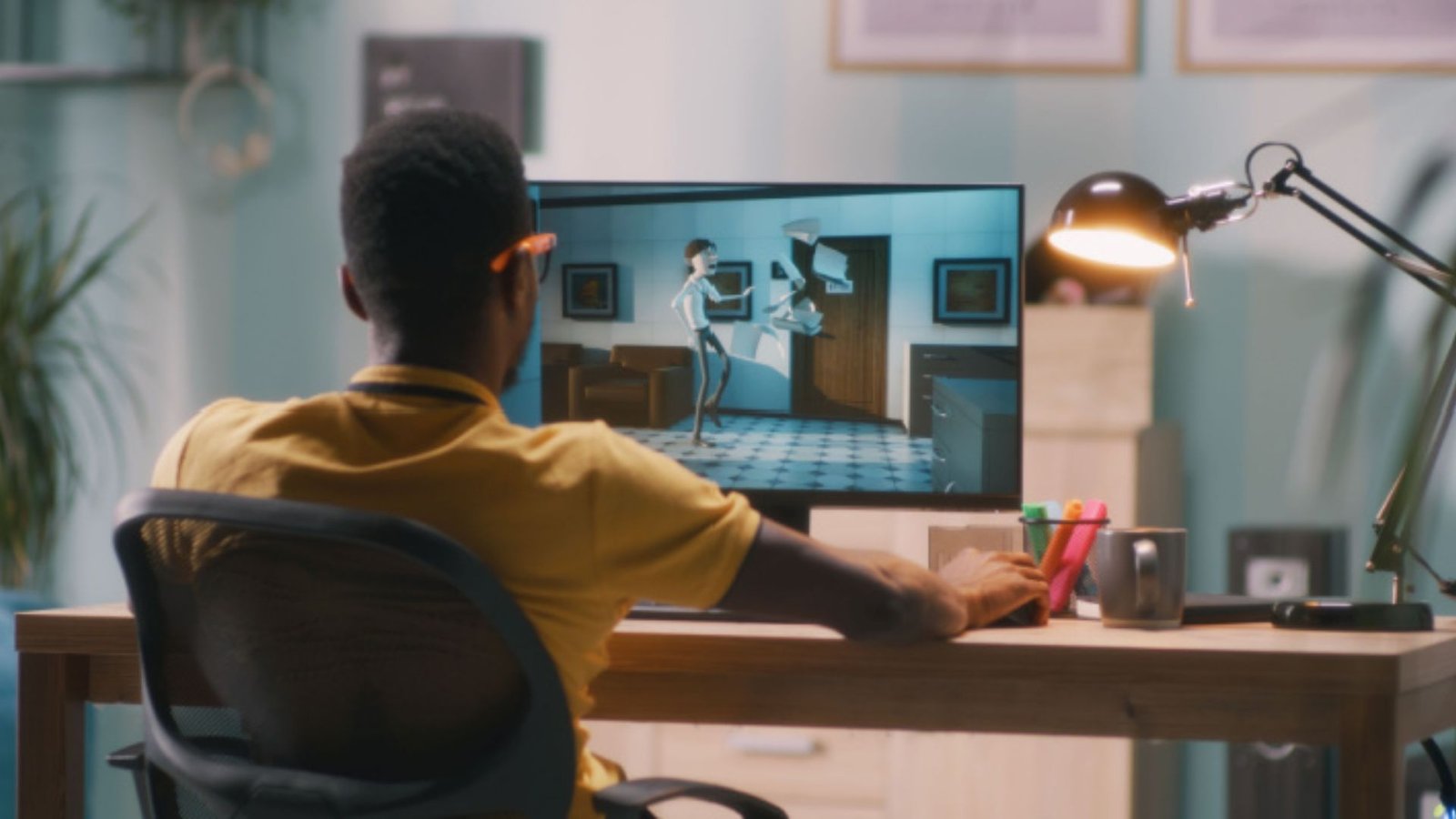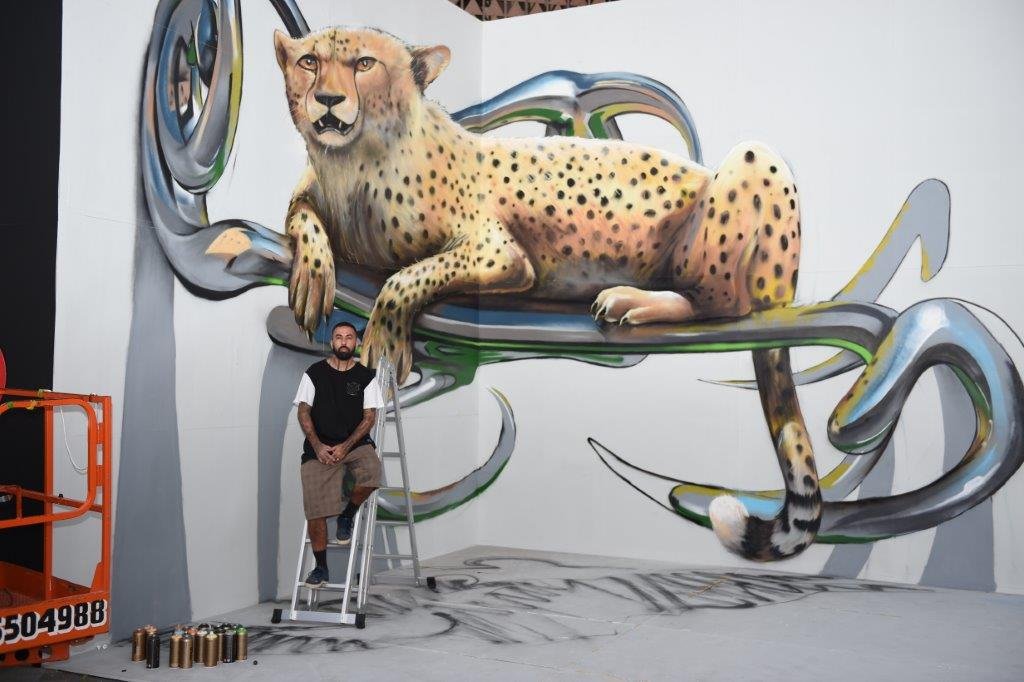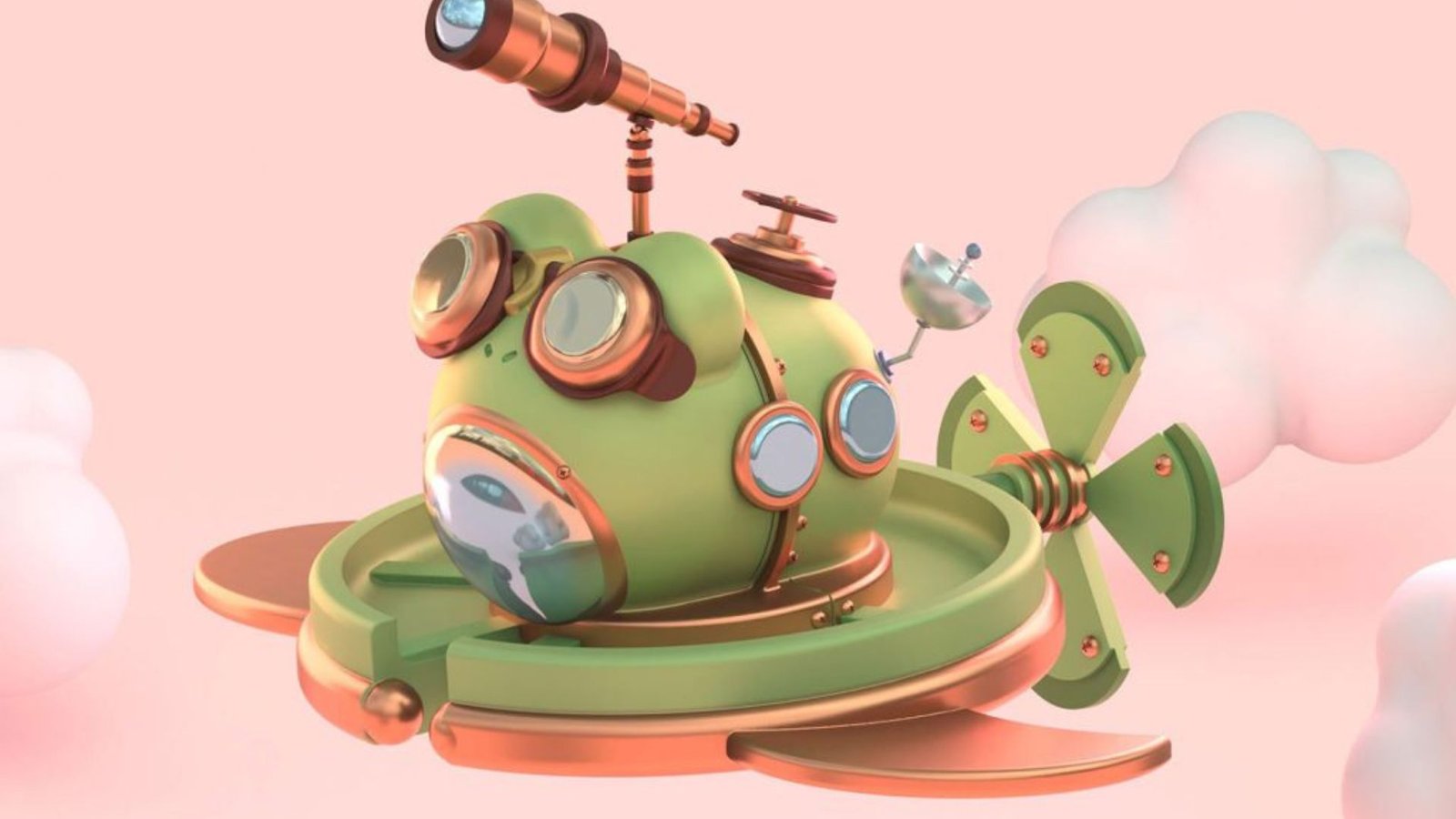Becoming a successful 3D artist requires a combination of technical skills, creativity, networking, and perseverance. Whether you’re aiming for a career in gaming, animation, product design, or architectural visualization, the path to success in 3D art can be both rewarding and challenging. This guide provides key steps and strategies that can help you on your journey to becoming a successful 3D artist.

Master the Fundamentals of 3D Art
Before diving into specialized techniques, it’s crucial to master the basics of 3D art. Understanding core principles will give you a solid foundation for creating high-quality work.
- Modeling: Learn to create accurate, detailed models using polygons or sculpting techniques. Familiarize yourself with low-poly and high-poly workflows.
- Texturing and Shading: Understand how to apply textures to your models, and learn shading techniques to make your work look realistic or stylized.
- Lighting and Rendering: Learn how to set up effective lighting and render high-quality images. Understanding lighting is essential for setting mood and realism in your scenes.
- Animation: Master the basics of rigging and animation to create characters or objects that move realistically.
A deep understanding of these fundamentals is essential for every 3D artist, regardless of specialization.
Choose Your Specialization
While many 3D artists are generalists, it can be beneficial to specialize in a specific area of 3D art. This helps you stand out in a competitive market and build expertise in a niche field.
- Character Modeling: Focus on creating realistic or stylized human and creature models for film, games, or animation.
- Environment Design: Specialize in creating detailed environments for games, films, or architectural visualization.
- 3D Animation: Dive deep into animating characters or objects, learning everything from basic movements to complex, life-like motion.
- Product Visualization: Specialize in creating realistic models and renderings for industries like product design, architecture, and advertising.
Choosing a niche allows you to build a portfolio of work that demonstrates your expertise, making it easier for potential employers or clients to recognize your skills.
Learn Industry-Standard Software
A successful 3D artist must be proficient in industry-standard software that allows for effective modeling, texturing, rendering, and animation. The more software tools you can master, the better your chances of landing high-quality projects.
- Blender: A popular, open-source tool that supports modeling, sculpting, rendering, and animation. Blender is suitable for both beginners and professionals.
- Autodesk Maya: One of the most widely used software in the animation and film industries, Maya offers advanced modeling, rigging, and animation tools.
- Cinema 4D: Known for its ease of use, Cinema 4D is a great choice for motion graphics and 3D animation.
- ZBrush: Ideal for detailed digital sculpting, ZBrush is commonly used in character design and other highly detailed 3D work.
- Substance Painter: An essential tool for texturing, allowing you to create realistic materials and textures for your models.
By learning a combination of these tools, you’ll be able to tackle a wide range of 3D art projects and meet industry demands.
Build a Strong Portfolio
Your portfolio is a reflection of your skills and creativity, making it one of the most important aspects of becoming a successful 3D artist. A well-curated portfolio can open doors to job opportunities and freelance projects.
- Showcase Your Best Work: Only include high-quality, polished pieces that demonstrate your range and skillset. Focus on quality over quantity.
- Diverse Projects: Include a mix of projects that highlight your versatility. For example, you might showcase character models, environment designs, and animations to demonstrate your ability across multiple disciplines.
- Include Personal Projects: While commercial work is important, personal projects show potential clients or employers your passion, creativity, and ability to work independently.
- Create a Digital Portfolio: A professional website or online portfolio on platforms like ArtStation or Behance can help showcase your work globally. Make sure your portfolio is easy to navigate, visually appealing, and mobile-friendly.
Having a portfolio that demonstrates both technical and creative skills is key to standing out in the competitive world of 3D art.
Conclusion
Becoming a successful 3D artist requires a combination of technical proficiency, creativity, continuous learning, and networking. By mastering the fundamentals, specializing in a specific area, building a strong portfolio, and staying committed to growth, you can establish yourself as a standout artist in the industry. With persistence, practice, and a passion for your craft, the world of 3D art offers countless opportunities to create, innovate, and thrive.




